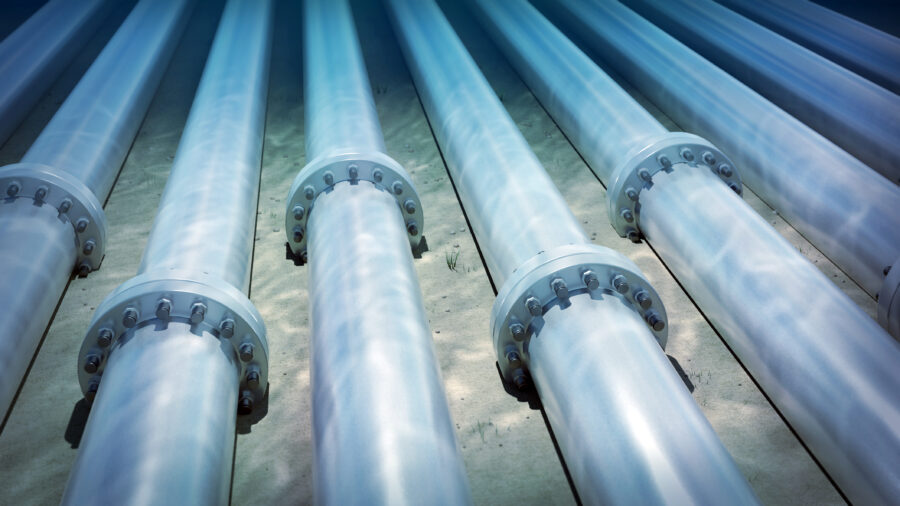
How are Weld Neck Flanges Used in Subsea Applications
Weld Neck Flanges (WNFs) are commonly used in subsea applications due to their robust design and strong attachment method, which provide a high level of structural integrity. In subsea environments, components must withstand extreme pressures, corrosive conditions, and other environmental challenges. Here’s how Weld Neck Flanges are used in these applications:
High-Pressure Pipelines:
Weld Neck Flanges are frequently used in subsea pipelines that transport oil, gas, and other fluids. The flange’s design features a long-tapered hub that provides a gradual transition of thickness between the flange and the pipe. This design helps in distributing stress across the pipe and flange more evenly, which is critical in subsea pipelines that operate under very high pressures.
Corrosion Resistance:
Subsea environments are highly corrosive due to saltwater exposure. WNFs are typically made from materials like stainless steel, duplex, super duplex, or other high-grade alloys that offer excellent resistance to corrosion. These materials help prolong the lifespan of the pipeline or equipment in subsea applications.
Leak Prevention:
A major requirement in subsea systems is the prevention of leaks. Weld Neck Flanges are welded directly to the pipe, creating a strong, permanent joint. This minimizes the risk of leakage at the connection points, making them ideal for critical applications where leaks would be hazardous and costly.
Connection to Valves and Equipment:
Weld Neck Flanges are used to connect pipes to valves, pumps, and other critical equipment in subsea systems. The flange allows for easy assembly and disassembly, providing a secure yet accessible connection point for maintenance or replacements.
Support for Extreme Temperatures:
Subsea systems can be exposed to extreme temperatures, both cold and hot, depending on the depth and operational conditions. The tapered hub design of the Weld Neck Flange helps it withstand these temperature fluctuations without losing its structural integrity.
Stress Distribution:
Weld Neck Flanges are designed to minimize localized stress concentrations at the base of the flange. This feature is crucial in subsea environments, where vibrations, pressure changes, and dynamic loads are common.
Customizable for Subsea Equipment:
Weld Neck Flanges can be customized to meet the specifications required for subsea equipment, including different pressure ratings, sizes, and materials. This versatility makes them suitable for various subsea applications such as manifold systems, risers, and flowlines.
Weld Neck Flanges are used in subsea applications primarily due to their ability to handle high pressure, provide a secure and leak-proof connection, resist corrosion, and maintain structural integrity under extreme conditions.
